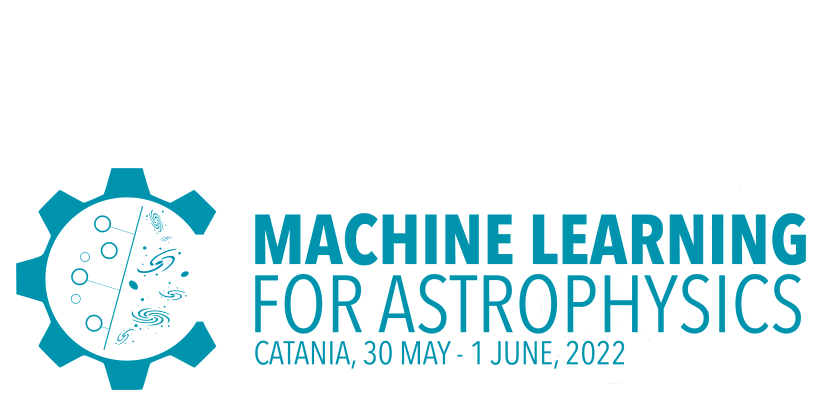Speaker
Description
Galaxy-galaxy strong lensing events occur when the light emitted by a background source is highly deflected by a foreground galaxy's gravitational potential. Studying these systems allows to tackle several problems, that include the reconstruction of the mass distribution of the lens galaxies and the estimation of the Hubble constant. Thousands of new events are expected to be detected in upcoming imaging surveys, such as the one that will be carried out by the Euclid space telescope, but the potential candidates will have to be identified among the billions of sources that will be observed. In this context, the development of automated and reliable techniques for the inspection of large volumes of data is of crucial importance. Machine Learning and Deep Learning methods have already proven their effectiveness in this field, thus it is expected that they will also play a key role in the future of astronomical data analysis methodologies. In particular, Convolutional Neural Networks are a Deep Learning technique that, in the recent years, has proven to be a powerful tool for the analysis of large datasets of images, because of its speed of execution and ability of generalization. In this work, we implement three Network architectures: a VGG-like Network (Simonyan & Zisserman, 2015), an Inception Network (Szegedy et al. 2015; 2016) and a Residual Network (He et al. 2016; Xie et al. 2017) and we apply them to the problem of identifying galaxy-scale strong lenses in survey images. For this purpose, we train and test our models on a dataset of 40000 Euclid-like mock images simulated by the Bologna Lens Factory. We divide the data into four portions, that progressively include larger fractions of faint lenses. In this way, we evaluate how the inclusion of borderline lenses in the training set impacts the classification of both the clear and the faint events. Initially, the classification is solely based on the morphological features of the systems, i.e. the distortion of the background source in wide arcs and rings around the lens galaxy, since we consider single-band simulations. Afterwards, we also evaluate the importance of adding information about the colour difference between the lens and source galaxies by repeating the same training on multi-band images. Our analysis confirms the potential of the application of this method for the identification of clear lenses, since our models find samples of these systems with >90% precision and completeness. On the other hand, we suggest that specific training for different classes of lenses might be needed for finding the faint lenses as well, since not even the addition of the colour information yields a relevant improvement in this sense.

